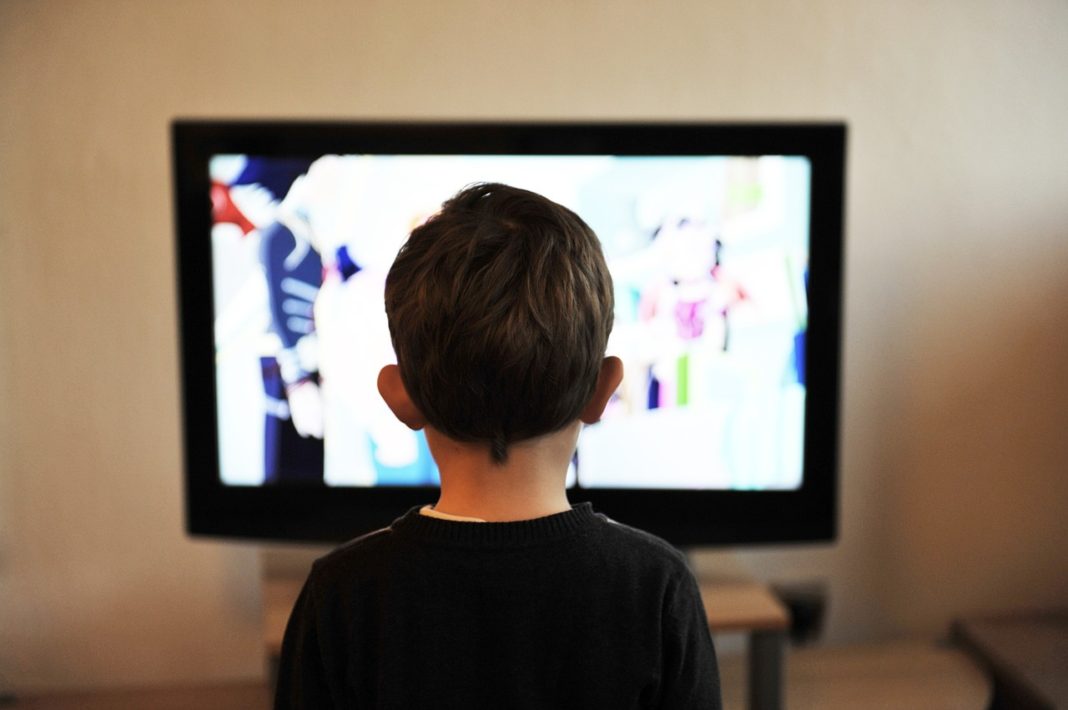
As Super Bowl fans around the world prepare for one of the biggest television viewing events of the year, child safety advocates are urging parents and caregivers to look at their TV in a different way: as a serious injury threat.
Injuries and deaths from TV tip-overs happen more often than people might think, and health care professionals with University of Louisville Physicians-Pediatrics want to make sure parents understand how often these injuries occur and what they can do to prevent TV tip-over injuries.
Research has found that every three weeks, a child in the United States dies from a TV tipping over, and hundreds more are injured, sometimes quite seriously. “It is important that parents and caregivers understand what actions they can take to protect their families,” said Heather M. Felton, M.D., medical director of the University of Louisville Pediatrics Clinic at Sam Swope Kosair Charities Centre. “To reduce the risk of TV tip-overs, TVs should be placed on furniture designed for TVs, and both the TV and the furniture should be securely attached to the wall.”
Older model televisions pose special concern, she said. “Older TVs are often moved to less safe locations in the home, such as on top of dressers and other furniture not designed for TVs. Children sometimes pull dresser drawers open to use as stairs to help them reach the TV, potentially pulling both the dresser and TV over onto themselves.”
Felton also is a member of Prevent Child Injury, a national group working to identify and prevent injuries to children. The group recommends the following to help safeguard children from TV tip-overs:
- All TVs should be secured to the wall. Use safety straps or brackets for CRT TVs and wall mounts for flat-screen TVs.
- Place TVs only on furniture designed to support televisions, such as TV stands and entertainment centers. Dressers, armoires, and chests of drawers are not safe places for a television.
- Secure TV stands and entertainment centers to the wall using safety straps or brackets.
- Do not place toys or the remote control on top of the furniture or the TV. Your child could climb the furniture to reach the item and cause the TV and furniture to tip over onto him.
- Make sure TVs are safely secured in other places your child spends time, like the homes of family, friends, and caregivers.
If a child is injured by a TV tip-over, seek medical help immediately. “Do not assume that everything is OK if the child doesn’t appear hurt,” Felton said. “It is best to take the child to the doctor or emergency room at Norton Children’s Hospital to check for concussion or internal injuries that may not reveal themselves right away at home.”
The Pediatrics Clinic at Sam Swope Kosair Charities Centre is located at 982 Eastern Parkway. The clinic provides general pediatric care and appointments can be made by calling 502-588-0700.
#WeAreUofL
About Prevent Child Injury: Prevent Child Injury is a national group of organizations and individuals, including researchers, health professionals, educators, and child advocates, working together to prevent injuries to children and adolescents in the U.S. Prevent Child Injury promotes coordinated communication to the public about prevention of child injury, which is the leading cause of death of our nation’s youth. To become a member of Prevent Child Injury or for more information and resources on this and other child injury topics, please visit www.preventchildinjury.org.

























